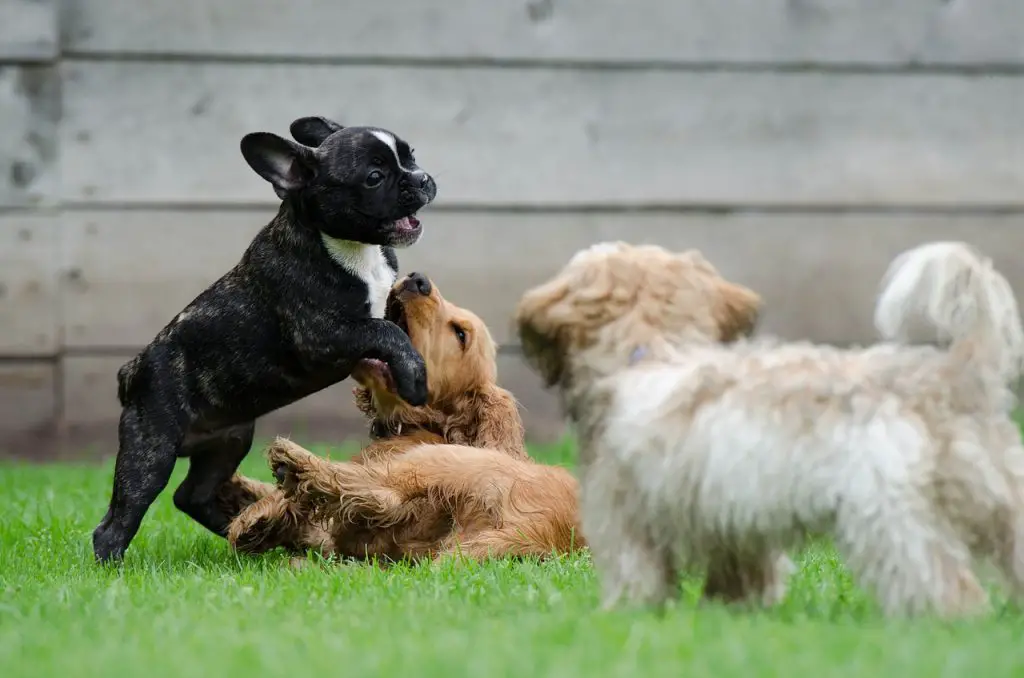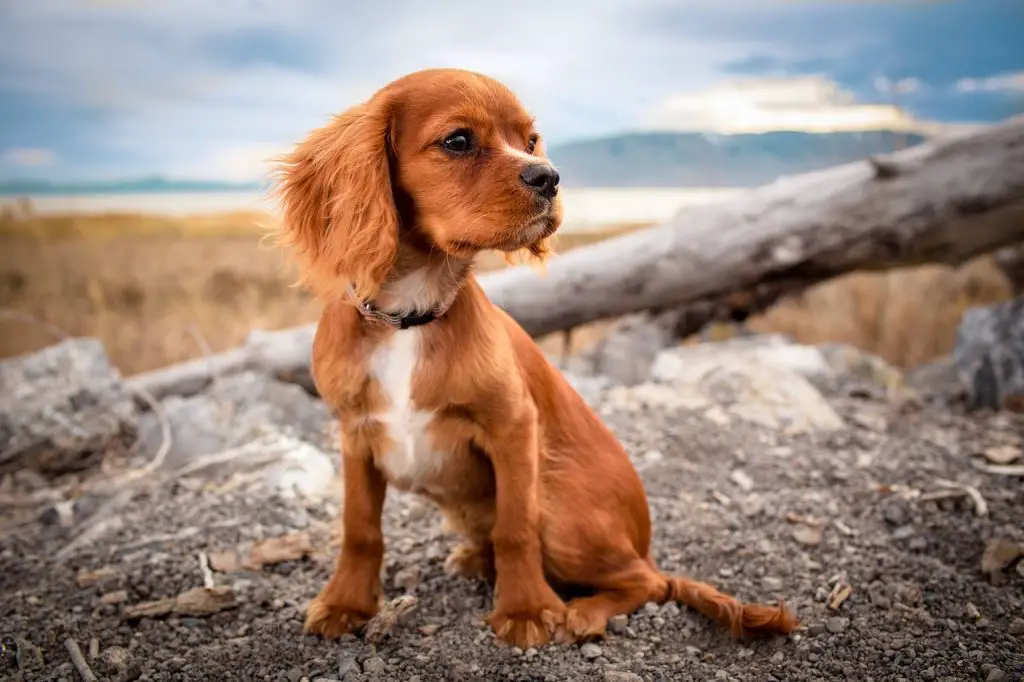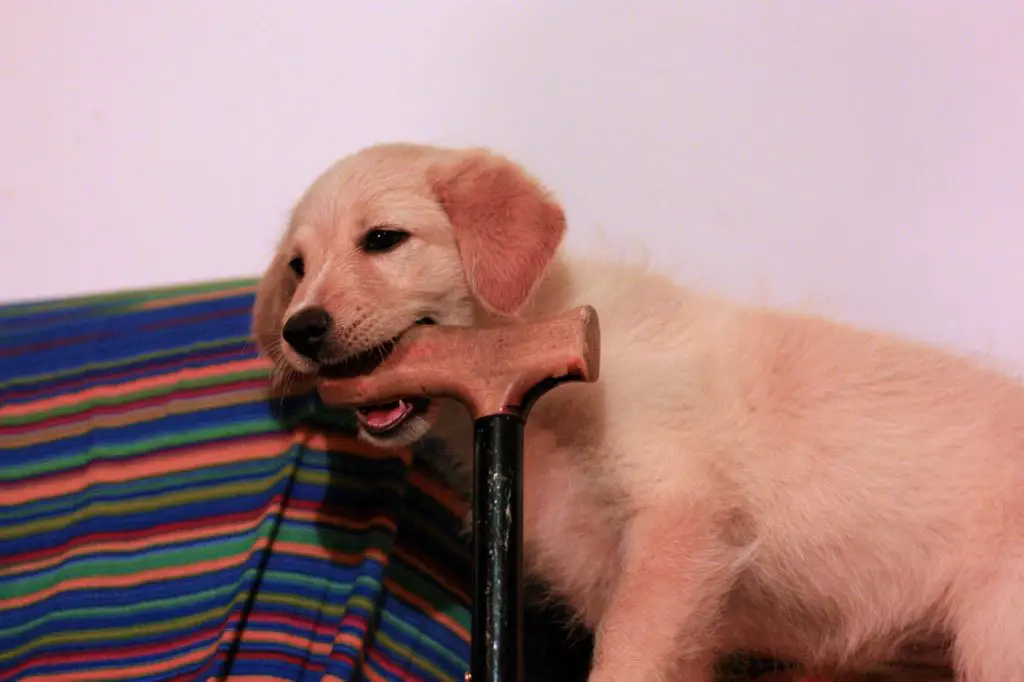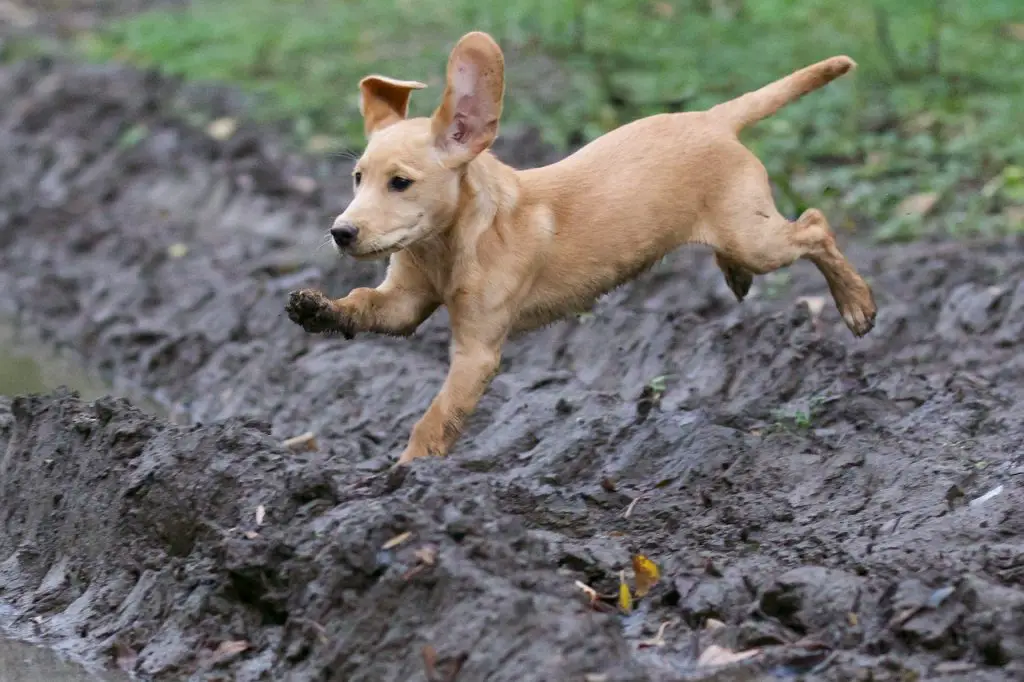Have you ever had a puppy that you wanted to train? Puppy training is a crucial step toward making your puppy learn everything they need while growing up.
Here is a guide for training your puppy.
Table of Contents
Teach your dog to socialize

Teach your dog to socialize as a way to stop them from suffering from anxiety and depression and to know how to deal with people, dogs, and situations.
You can do so by introducing the puppy to people during the first 5 months of their lives.
You could also enroll your puppy into a kindergarden class.
They will learn how to play with other dogs, learn how to socialize with other dogs, and control their bite.
Without proper socialization, your dog will become aggressive and fearful in situations.
The perfect age for socialization classes
The perfect age for socialization classes are from 3 weeks old until 12 weeks old.
Enroll your puppy in obedience class
Take your puppy to obedience classes. Let the people specializing in obedience training teach your puppy.
Combine what they learn at obedience classes with some training that you can give them at home.
Ensure their is a communication between your dog and yourself so they can listen to you.
Obedience training should be enjoyable and fun to your dog by not being harsh toward your dog. Keep obedience training sessions short and fun.
Say command only once

Say the command only once and don’t repeat the command.
Some of the commands you can teach them are to come when their name is called or when you want them to sit to tell them the word “sit”.
Potty training your puppy
A puppy is never completly housetrained until they are 6 months old.
You got to give them frequent access to the place that they are going to relieve themselves in.
By letting them go to the bathroom reguraly, you ensure that there are no accidents happening especially after eating, sleeping, and playing.
Reward your puppy when they potty in the specified area. Never punish your puppy if they make an accident.
Crate training
You can also use crate training as a way to train your puppy how to potty correctly.
Make sure the crate fits the size of the puppy and they can turn and sit comfortably without having any extra space.
It is important that you do not get a very big crate so that you puppy doesn’t eliminate in it.
The idea of the crate is that dogs and puppies often see the crate as their den or home.
As a result, they aren’t going to eliminate in it because it’s their home and will wait until they can go potty in the desired place.
Reward your puppy by giving them treats.
How often do puppies need to potty
Puppies usually need to potty every 15 to 45 minutes. This is due to the size of their bladder, eating food, drinking water, and exercising.
Train your puppy to stop biting

Biting is a common problem for puppies expecially when they play and teething.
Puppies learn to minimize their biting throgh learning from their mothers, littermates, and other members of the pack.
By allowing puppies to socialize, they learn to control their biting while playing with other puppies.
This is only achieved through trial and error when the puppies learn that biting excessively hurts other puppies.
By allowing your puppy to socialize, they learn vent out their energy in an acceptable manner.
Causes of biting
A major reason that causes your puppy to bite is that they lack socialization. Lack of socialization ofen leaves your dog to become aggressive and fearful.
The best time to socialize your dog so they don’t grow up biting people and other dogs is before 4 months old.
Another reason for dog biting is lack of trust and bonding.
Lack of trust and bonding with their families will lead them to becoming afraid. As a result, they will bite.
Training your puppy to stop whining and howling
Puppies will whine and howl when they are separated from their families.
Sometimes, puppies will howl and whine when they are confined into a crate because they are confined into a place alone for a long time.
To treat whining and howling when you are away, you got to make your puppy accept that you will not always be there with them.
To do so, start by leaving your puppy in the crate for a short period of time.
If they whine and howl, don’t rush back to them as this behavior will reinforce that whining will get them what they want.
Instead , stay with them for a little bit and then leave. When you leave, if they still whine or howl, say “No” in a firm voice. Then leave.
Practice doing so for several times while checking on your dog as you do so. Finally, you could leave them for a longer time after they are reassured that you will come back.
Training your puppy to not jump when they see people

Puppies usually jump on people as a way to greet them. It can be a problem when they grow and become bigger and they jump on children and elderly.
Shouting to your puppy will never solve the problem. The shouting can be seen by the puppy as praise or they may become even more jumpy than before.
To treat a puppy jumping, you got to replace the behavior with another behavior.
Teach your puppy another method such as sit and stay when they come near people.
Another puppy training tip is that when your puppy jumps on a person, you immediatly tell them to go down, say the word “sit”, and give them praise or treats.
Don’t’s when training your puppy
- Don’t shout at your dog or punish them when they don’t comply with training.
- Some trainings require that you do not pet, cuddle, or reward your puppy while teaching them something new. Only when they have finished could you do such behaviors.
- Don’t chase your dog if you want them to come.
- Also don’t repeat the some command many times only once.
- Don’t allow anyone to command your dog while you are training them.
Conclusion
Puppy training takes time and patience. It is an ongoing process that requires careful handling.
You must follow certain steps to let your puppy learn how to socialize, potty, not whine or howl, bite, and many other things.
Share with us your opinion and for more information regarding potty training a puppy. Check Top 15 Puppy Potty Training Tips and Tricks.

